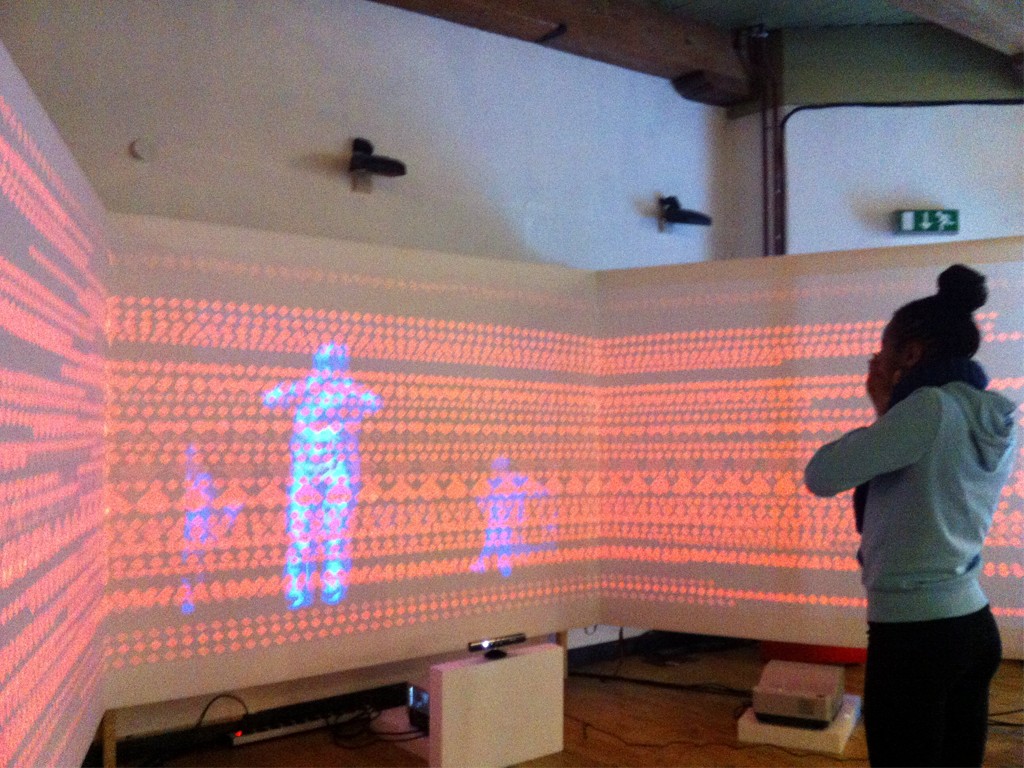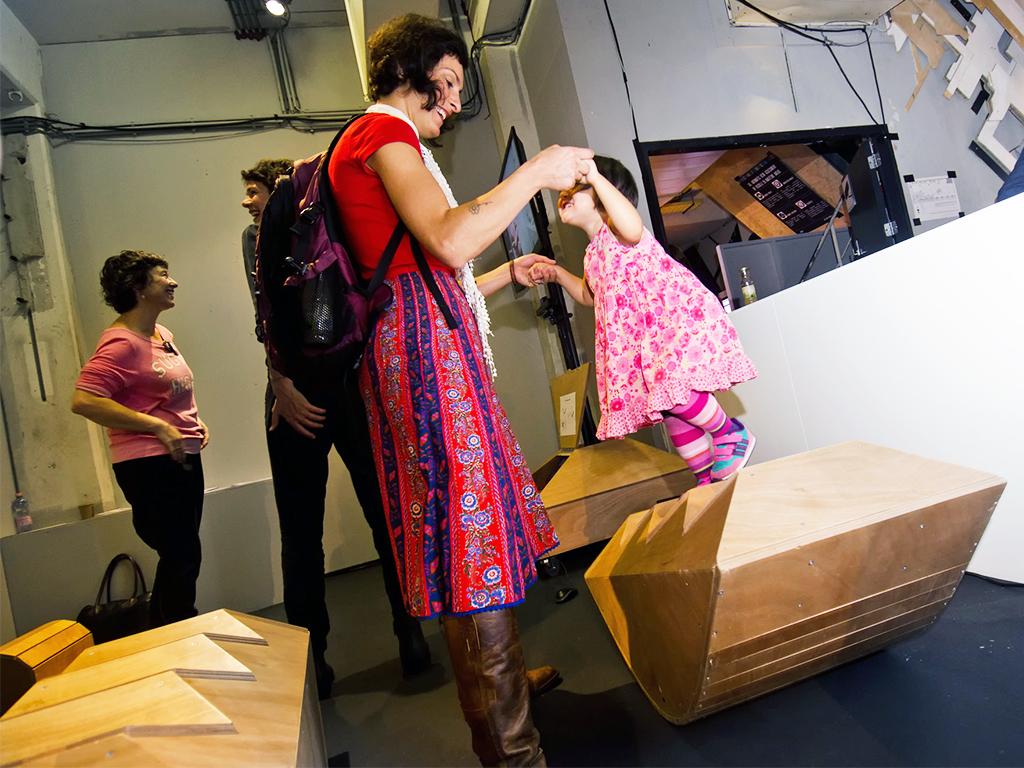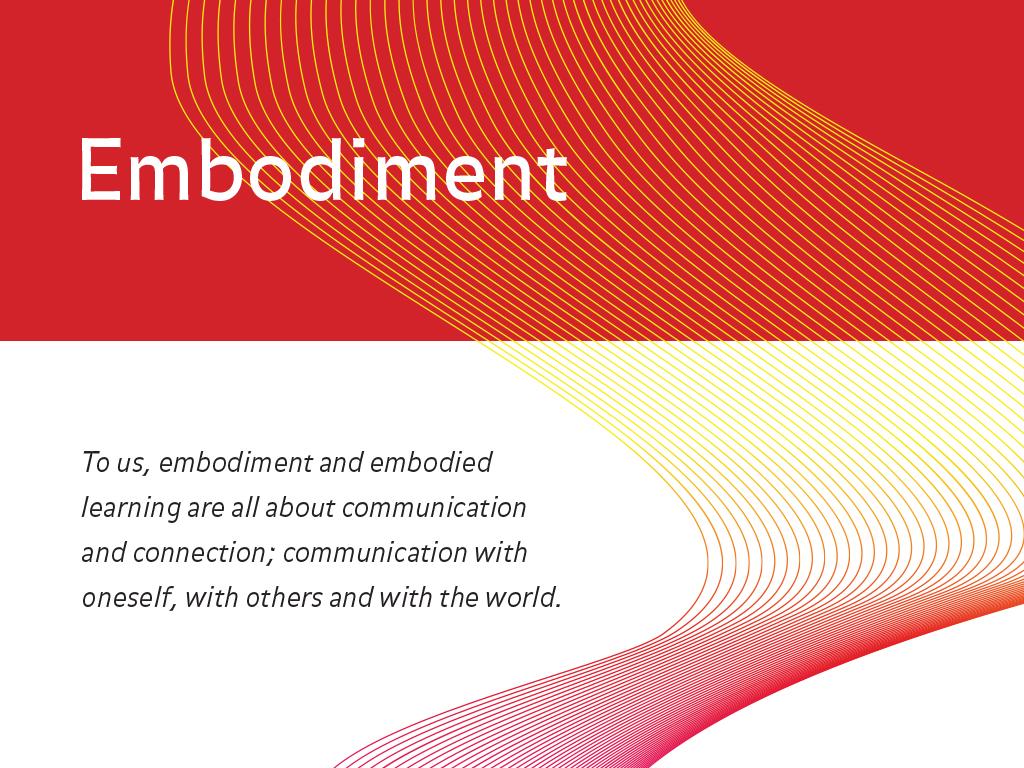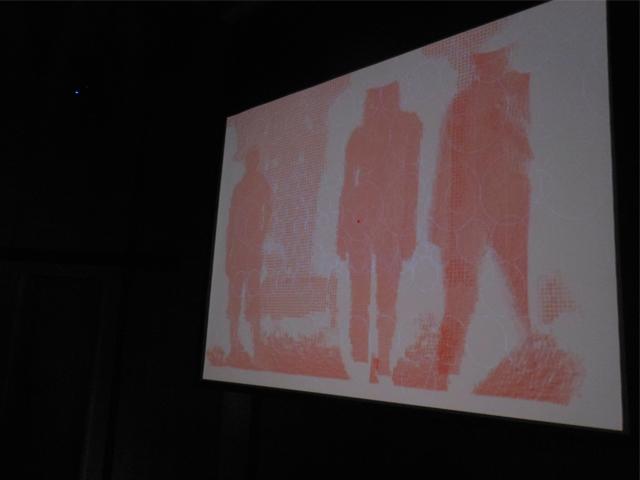The 'Mood Room' developed by Waag was an interactive installation created as part of the Play section of the COMMIT research programme. It used 'embodied learning': a form of learning where to whole body is used to get results.
In an embodied learning environment, the interaction between body and the space has a central position. The body and physical movement are thus an important interface for learning in a hybrid space (both virtual as physical). The thought behind it is that physical interaction can stimulate existential learning. Wearables, tangible intelligent objects, sensor technology, motion-tracking and interactive video all come together in this way of learning, stemming from physical action.
De Mood Room aimed to enhance the well-being of young people. Many youngsters have difficulties in communicating about their inner world and with regulating their feelings. When being approximately 14 years old, one develops social-emotional competences, many of them based on empathy. The basis to create awareness of emotions and become a happier person. This is the point where interactive installations plays a role.
An intuitive installation, operated via a Kinect sensor without any remote controls or oral assignments, based on the principles of embodied cognition. Embodied cognition is an upcoming subject in both social psychology and neuropsychology that recognizes the mutual influence between our body, senses and cognitive functions. One aspect of this is communicating about emotions through visual cues, like colours and patterns.
The Mood Room was tested by the target group in several settings and adapted during the development phase. For COMMIT/ Play we also developed another embodied learning installation with artist Marloeke van der Vlugt, consisting of a number of objects for balance.
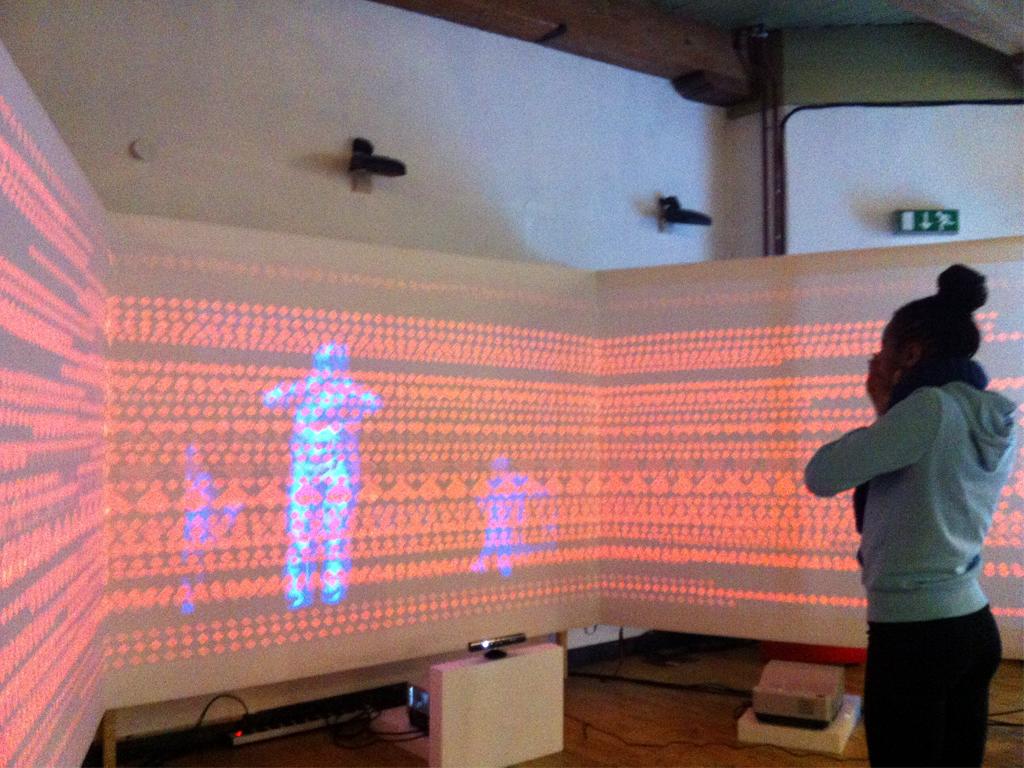
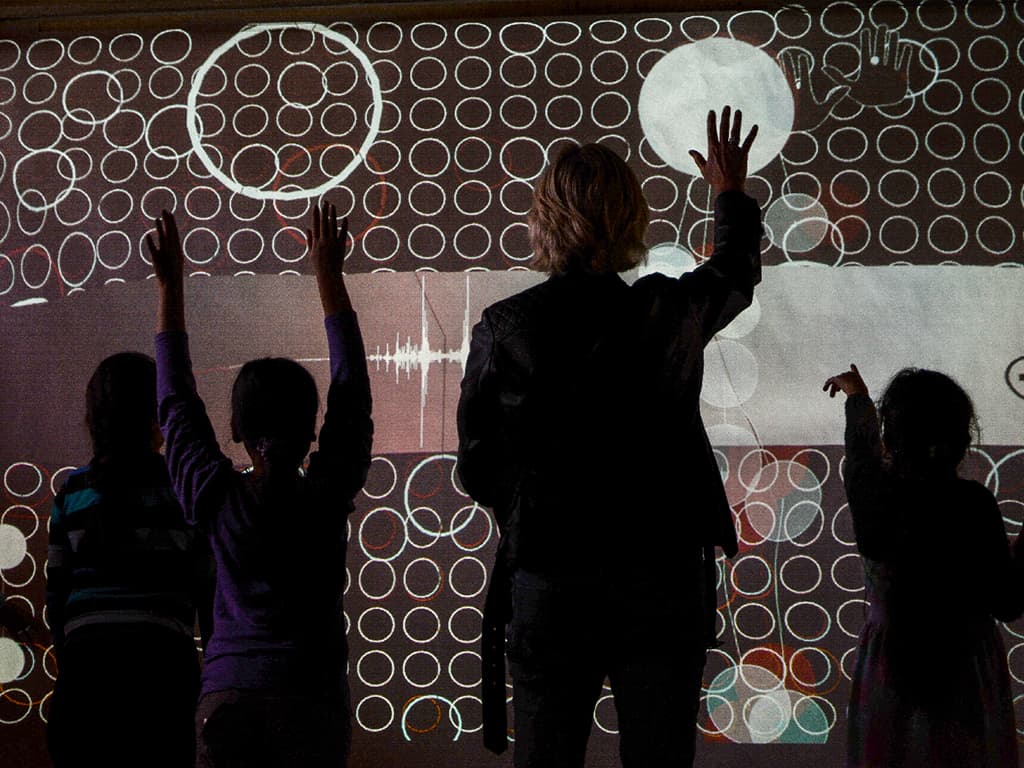
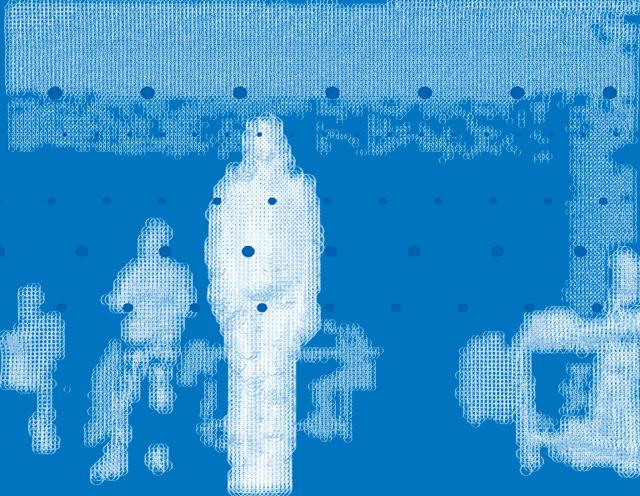

Meta data
Project duration
Links
Publications
Financiers
- COMMIT
